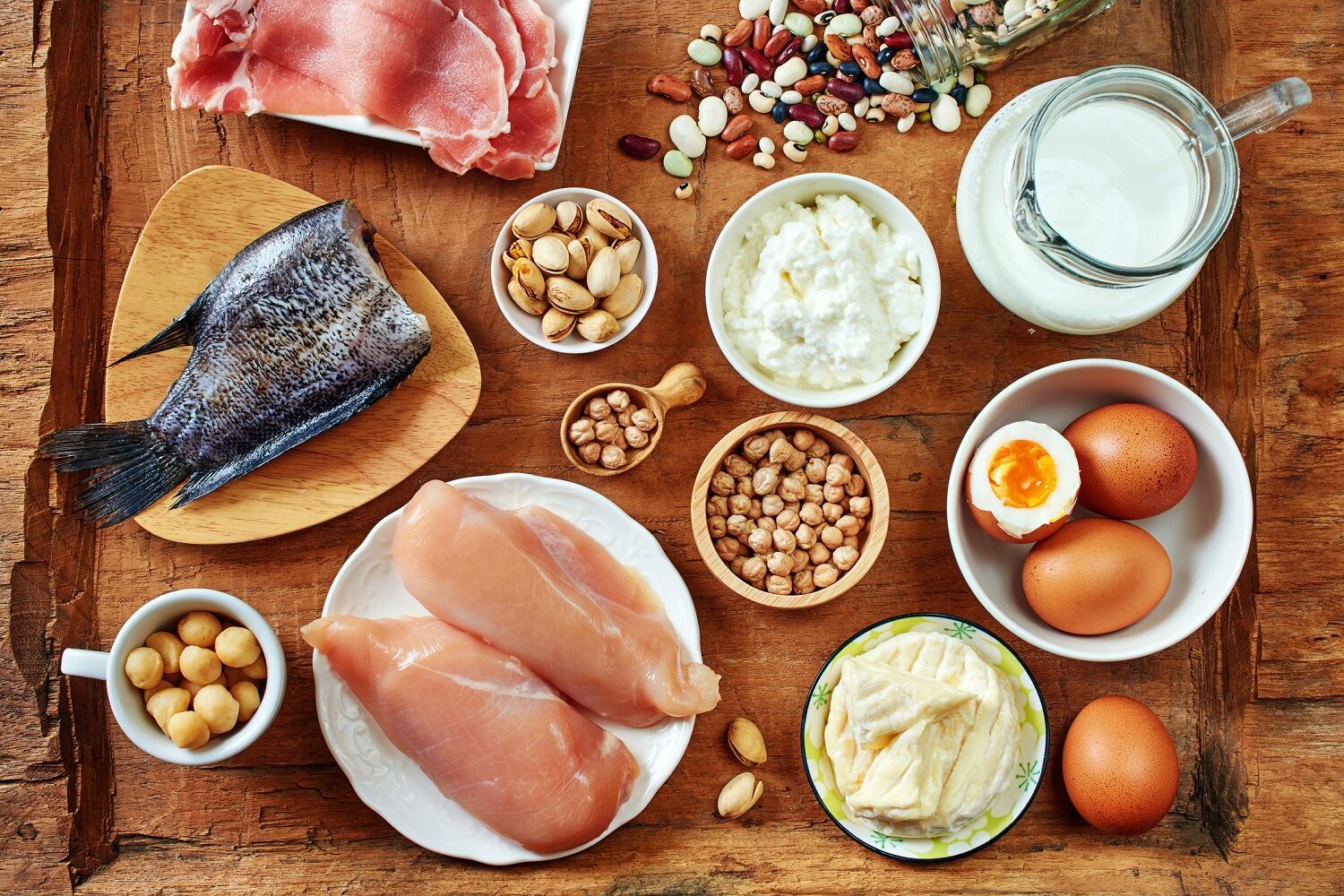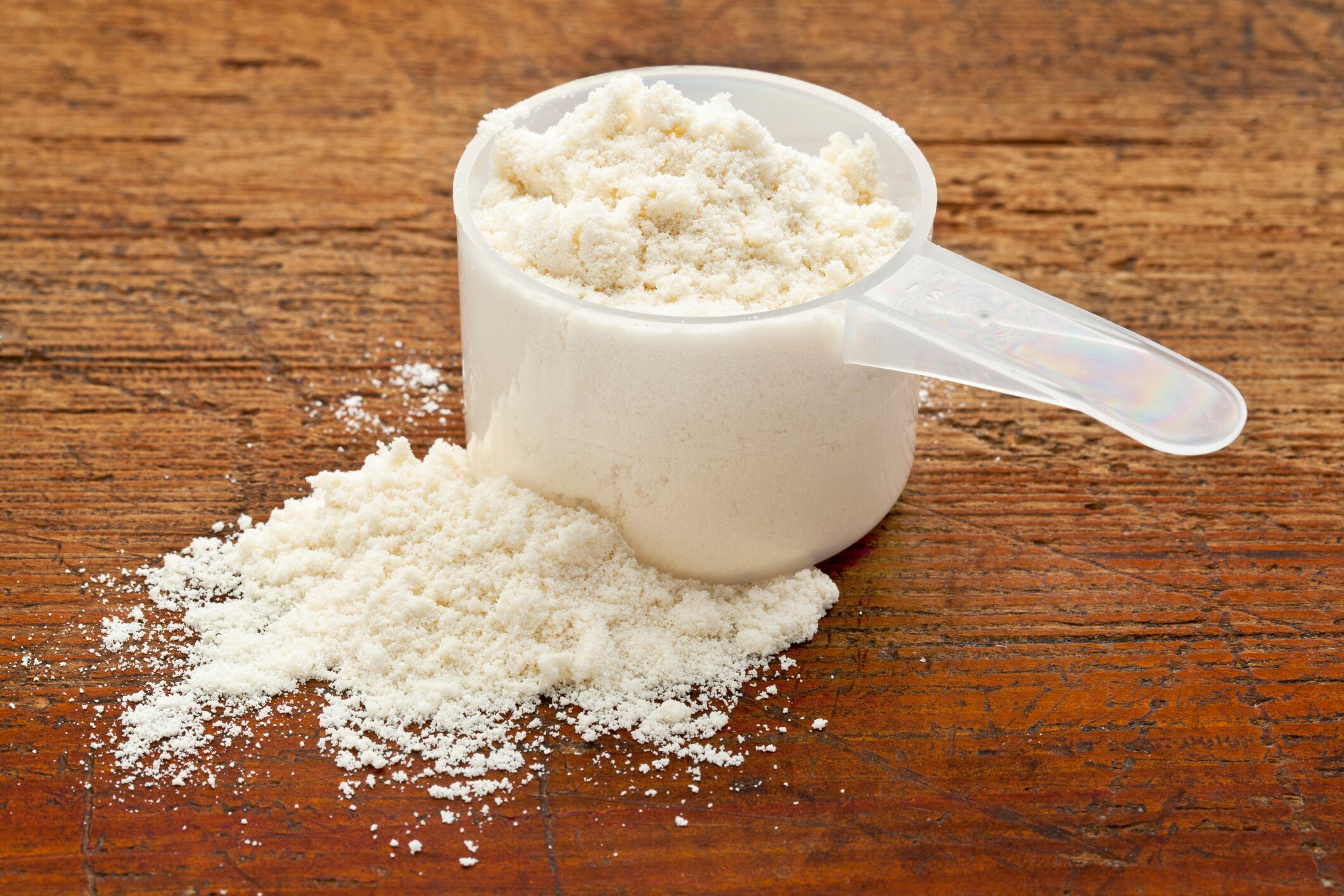Latin America represents just 7.5% of the world's $29.42bn protein ingredients market. Valued at $2.38bn last year, it is projected to grow faster than global growth at a CAGR of 9.4% between 2019 and 2025, according to a report from Grand View Research.
Within Latin America, Brazil hold's the lion's share of protein ingredients. It generated 31% of regional revenues in 2018 and is primed to be the fastest-growing market between now and 2025, set to surge at a CAGR of more than 8%.
'Major intermediate products'
Harshika Maakan, food and beverages analyst at Grand View Research, said growth of protein in Latin America was, in part, being fueled by its broad category use.
“Protein ingredients are among the major intermediate products used in application areas such as functional foods, sports nutrition, and animal feed etc,” Maakan told NutraIngredients-LATAM.
Categories like functional food and beverages and dietary supplements, in particular, she said, were evolving fast in the region as consumers worked to maintain balanced and nutrient-rich diets amid a variety of lifestyle disorders. In addition, a majority of Latin American consumers (60%) were willing to pay more for food and beverages higher in protein, she said.
This growing demand for functional or fortified foods with higher protein content, she said, was set to have “a lasting impact” on the growth of protein ingredients in LATAM.
Personal care and cosmetics, however, would be the primary growth driver over the next seven years, followed by infant formula, Maakan said.
Plant versus animal?

Taking a closer look at previous growth in the market, Maakan said soy, egg and whey protein, in particular, were three major ingredients that had seen a “significant increase in demand” over the past few years in the region.
Asked if demand tilted towards plant-based rather than animal-based, she said: “While there is growing interest for plant-based protein categories such as textured soy protein, soy protein isolates, and pea protein, the LATAM market is expected to be driven mainly by the animal protein counterparts such as whey protein isolates, hydrolysates, and casein.”
Collagen will also significantly fuel growth in the next few years, she said. “Beef extracts and beef collagen are becoming important protein sources for several functional food and sports nutrition manufacturers across the globe, as well as in the LATAM region.”
However, Maakan said growth of Latin America's protein ingredients market would not be without its challenges.
Environmental, food safety woes
“The key challenges looming around the protein ingredients sector in LATAM are more environmental in nature, with climate change impacting agriculture and animal husbandry industries significantly,” she said.
Additionally, food safety and security concerns continued to impact the region not just for protein ingredients but food as a whole, and this would likely continue. “Beef, chicken and pork industries have been facing turmoil over the past few years on account of consumer apprehensions in relation with disease transfer.”
Globally, the protein ingredients industry also faced volatile pricing due to imbalance in supple and demand of grains – soybeans being one good example of “continuous fluctuations”, the Grand View Research report noted.
North America remains the largest protein ingredients market in the world, accounting for over 34% of global demand in 2018, and Asia Pacific is the fastest-growing, set to register a CAGR of 6.8% in volume from 2019 to 2025.

